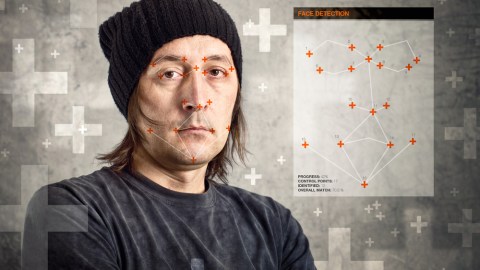Facial Recognition Technology Could Soon Predict Your Lifespan

What’s the Latest?
Facial recognition technology is nothing new. It’s often used to help identify criminals or provide a glimpse into how a missing child may have aged. But as Tara Bahrampour of the Washington Post reports, the technology’s potential reaches into the personal realm:
Imagine that an insurance underwriter comes to your house and, along with noting your weight and blood pressure, snaps a photo of your face. And that those wrinkles, mottled spots and saggy parts, when fed into a computer, could estimate how long you will live.
That may sound farcical but scientists believe such technology is not too far off.
What’s the Big Idea?
Bahrampour sums up how the new application of technology would work:
The technology involves using a computer to scan a photograph of a face for signs of aging. Factoring in the subject’s race, gender, education level and smoking history — all known to affect longevity prospects — it would analyze each section of cheek, eye, brow, mouth and jowl looking for shading variations that signal lines, dark spots, drooping and other age-related changes that might indicate how the person is doing compared with others of the same age and background.
The technology sounds invasive, almost a little too personal. But as we’ve seen with the boon of employer-established wellness programs, the realities of high healthcare costs have the folks footing the bill wanting to get the best possible understanding of what they’re investing in — namely, you. Organizations such as the NIH and Google have invested millions of dollars into health-focused facial recognition technology. There’s obviously a future here; we’ll see what comes of it.
Keep reading at Washington Post
Photo credit: igor.stevanovic / Shutterstock





